© Copyright Walter Baxter and licensed under CC BY-SA 2.0
Plants and herbivores are engaged in an evolutionary arms race hundreds of millions of years in the making. As plants evolve mechanisms to avoid being eaten, herbivores evolve means of overcoming those defenses. Our understanding of these dynamics is vast but largely focused on the actual act of an organism consuming plant tissues. However, there is growing evidence that plants can take action against herbivores before they are even born.
Taking out herbivores before they even have a chance to munch on a plant seems like a pretty effective means of defense. Indeed, for a growing number of plant species, this starts with the ability to detect insect eggs deposited on or in leaves and stems. As Griese and colleagues put it in their 2020 paper, “Every insect egg being detected and killed, is one less herbivorous larva or adult insect feeding on the plant in the near future.” Amazingly, such early detection and destruction has been found in a variety of plant lineages from conifers to monocots and eudicots.
Gumosis in cherries is a form of defense. Photo by Rosser1954/Public Domain
There are a few different ways plants go about destroying the eggs of herbivores. For instance, upon detecting eggs on their leaves, some mustards will begin to produce volatile compounds that attract parasitoid wasps that lay their eggs on or in the herbivore’s eggs. For other plants, killing herbivore eggs involves the production of special egg-killing compounds. Research on cherry trees (Prunus spp.) has shown that as cicadas push their ovipositor into a twig, the damage induces the production of a sticky gum that floods the egg chamber and prevents the eggs from hatching. Similarly, resin ducts full of insect-killing compounds within the rinds of mangoes will rupture when female flies insert their ovipositor, killing any eggs that are deposited within.
One of the coolest and, dare I say, most badass ways of taking out herbivore eggs can be seen in a variety of plants including mustards, beans, potatoes, and even relatives of the milkweeds and involves a bit of sacrifice on the plant end of things. Upon detecting moth or butterfly eggs, leaf cells situated directly beneath the eggs initiate a defense mechanism called the “hypersensitive response.” Though normally induced by pathogenic microbes, the hypersensitive response appears to work quite well at killing off any eggs that are laid.
“Leaves from B. nigra treated with egg wash of different butterfly species and controls inducing or not a HR-like necrosis. Pieris brassicae (P. b.), P. mannii, (P. m.), P. napi (P. n.), and P. rapae (P. r.) and Anthocharis cardamines (A. c.) induce a strong HR-like necrosis. Egg wash of G. rhamni (G. r.) and Colias sp. (C. sp.) induces a very faint response resembling a chlorosis and does not fit into the established scoring system (faintness indicates 1, but showing up on both sides of the leaf indicates 2).” [SOURCE]
Once eggs are detected, a signalling pathway within the leaf ramps up the production of highly reactive molecules called reactive oxygen species. These compounds effectively kill all of the cells upon which the butterfly eggs sit. The death of those plant cells is thought to change the microclimate directly around the eggs, causing them to either dry up or fall off. These forms of plant defense don’t stop once the eggs have been killed either. There is evidence to suggest that the hypersensitive response to insect eggs also induces these plants to begin producing even more anti-feeding compounds, thus protecting the plants from any herbivores that result from any eggs that weren’t killed.
Plants may be sessile but they are certainly not helpless. Defense mechanisms like these just go to show you how good plants can be at protecting themselves. Certainly, the closer we look at interactions like these, the more we will discover about the amazing world of plant defenses.




![An African crested rat displaying its crest of toxic hairs and aposematic color pattern. [SOURCE]](https://images.squarespace-cdn.com/content/v1/544591e6e4b0135285aeb5b6/1606834253309-5IB7MB09H0VN2YDT1DUF/rat1.JPG)






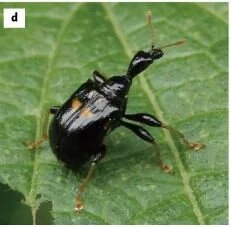

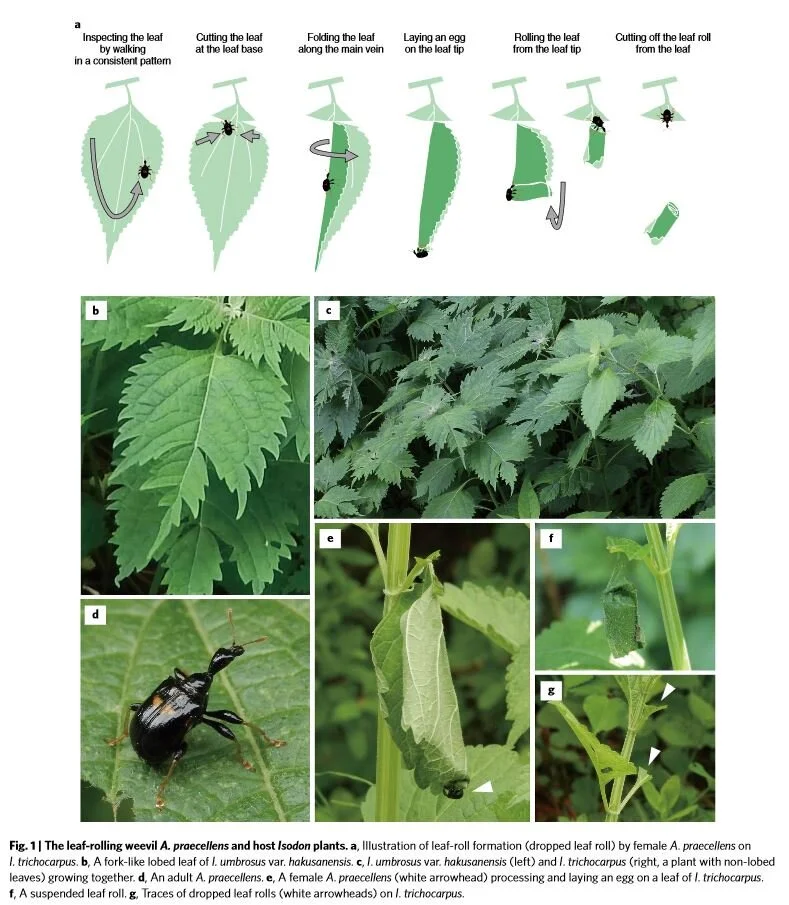




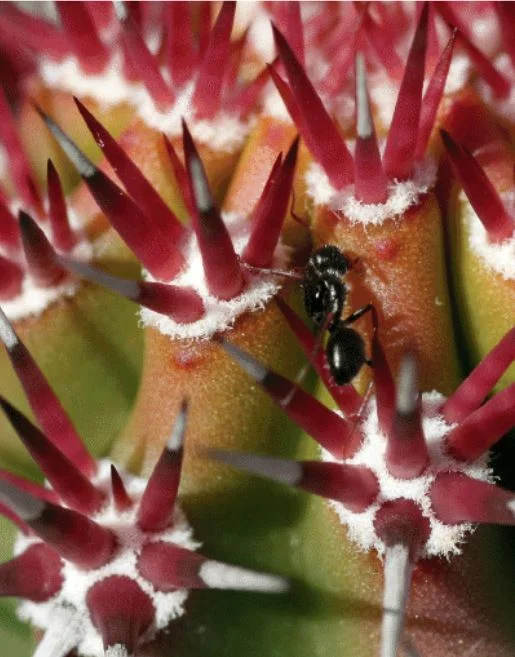
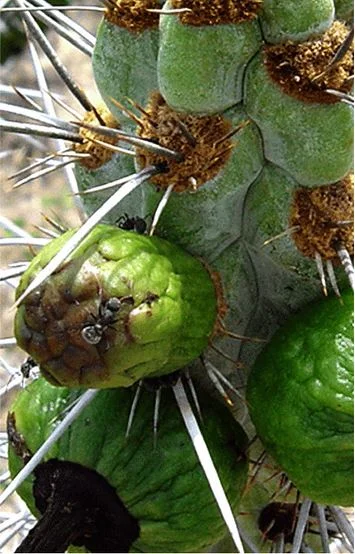
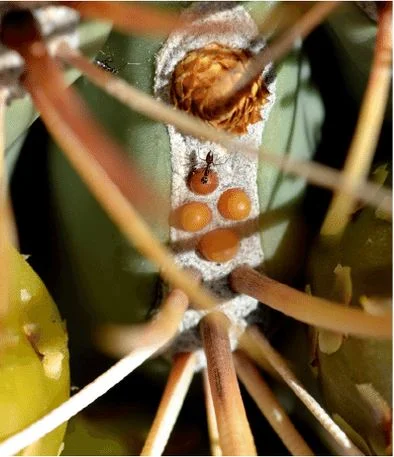


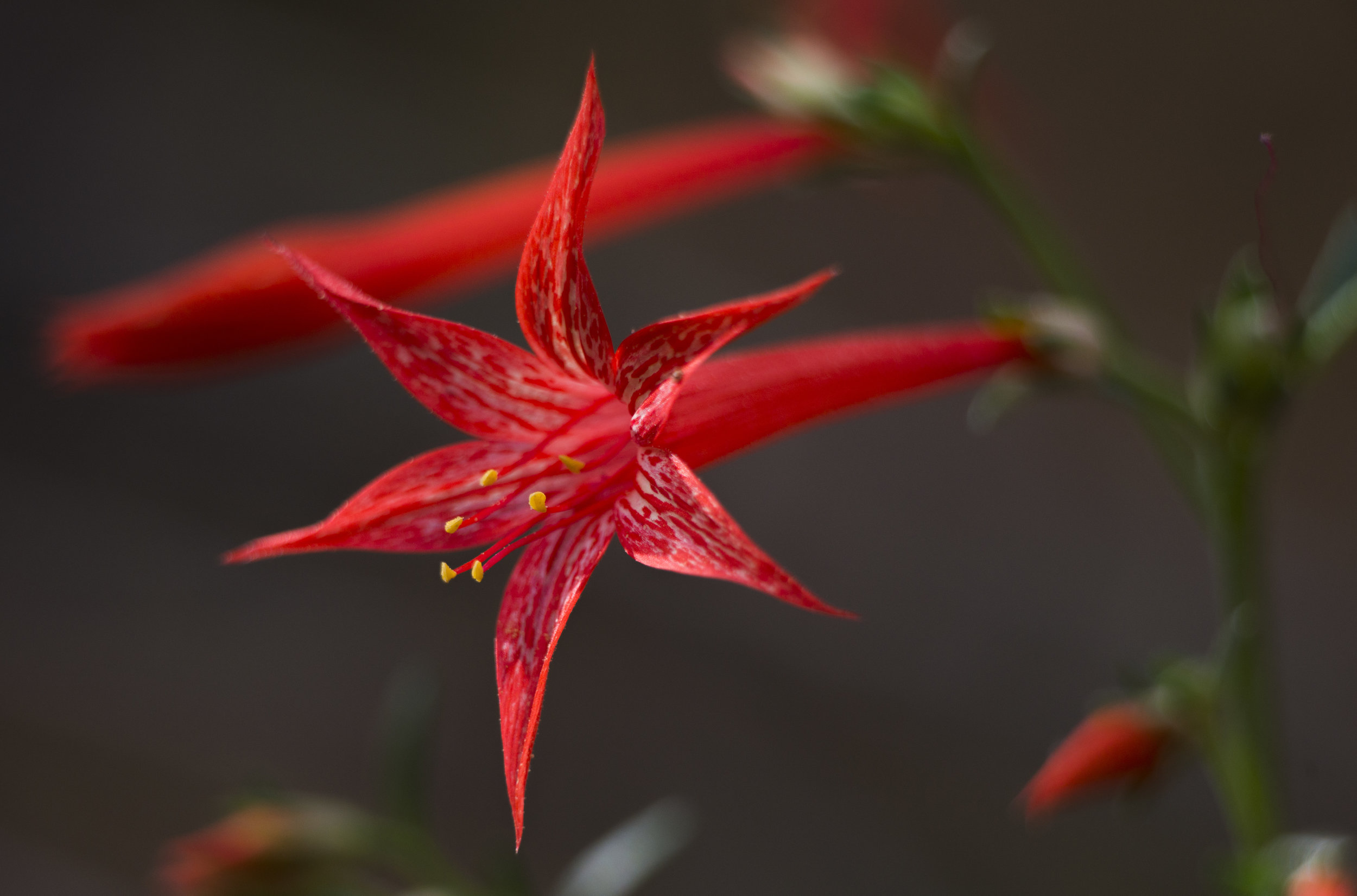




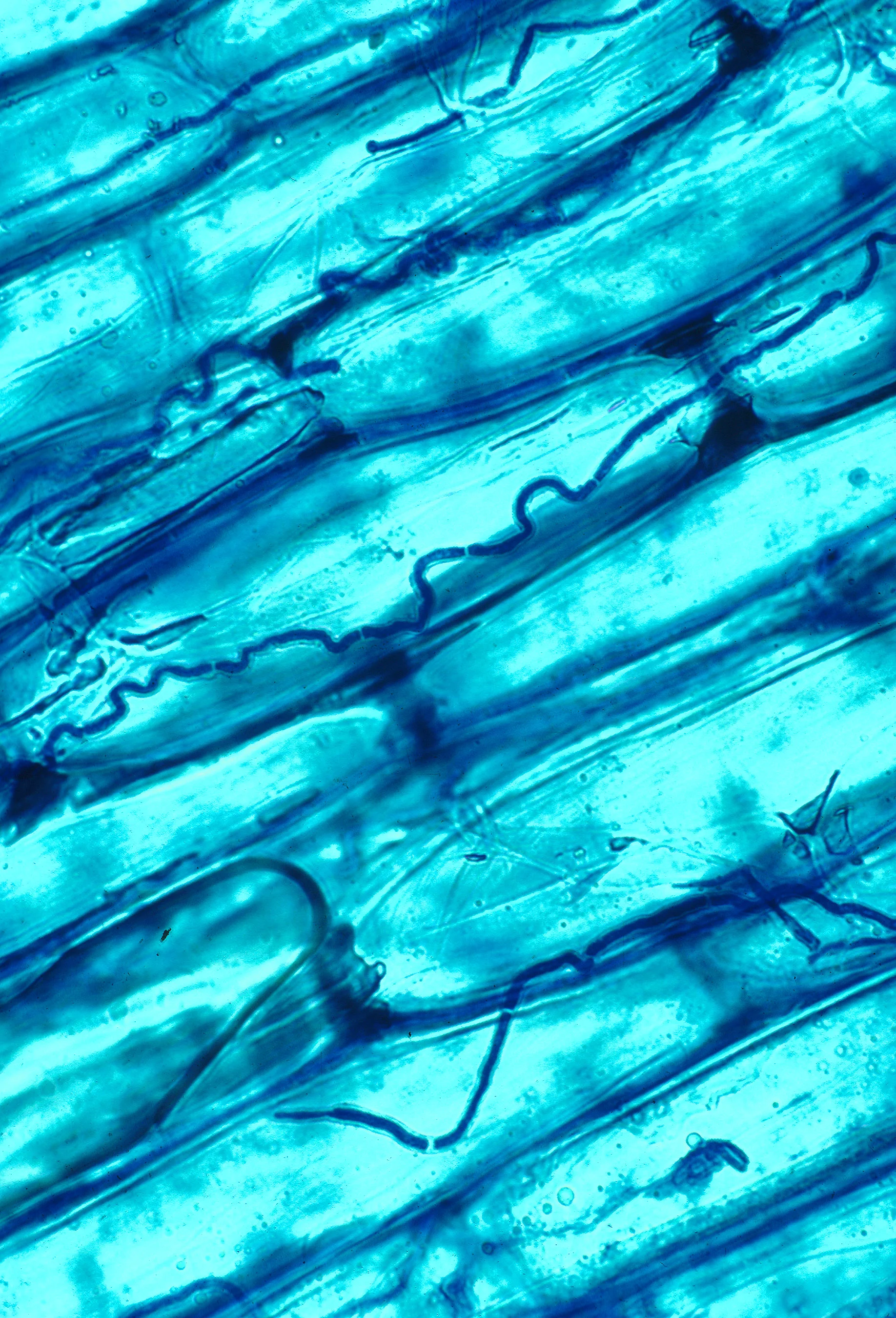

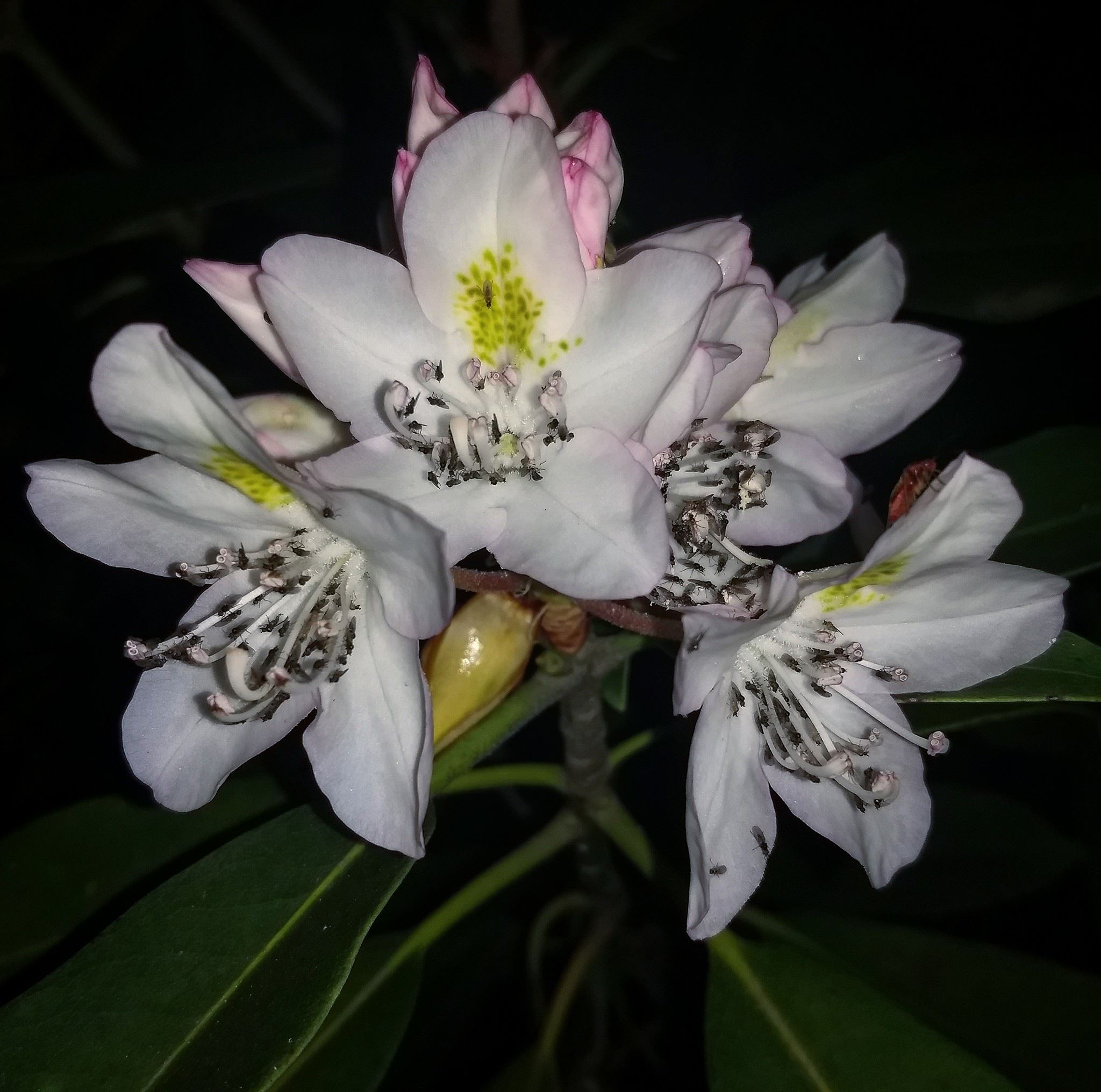
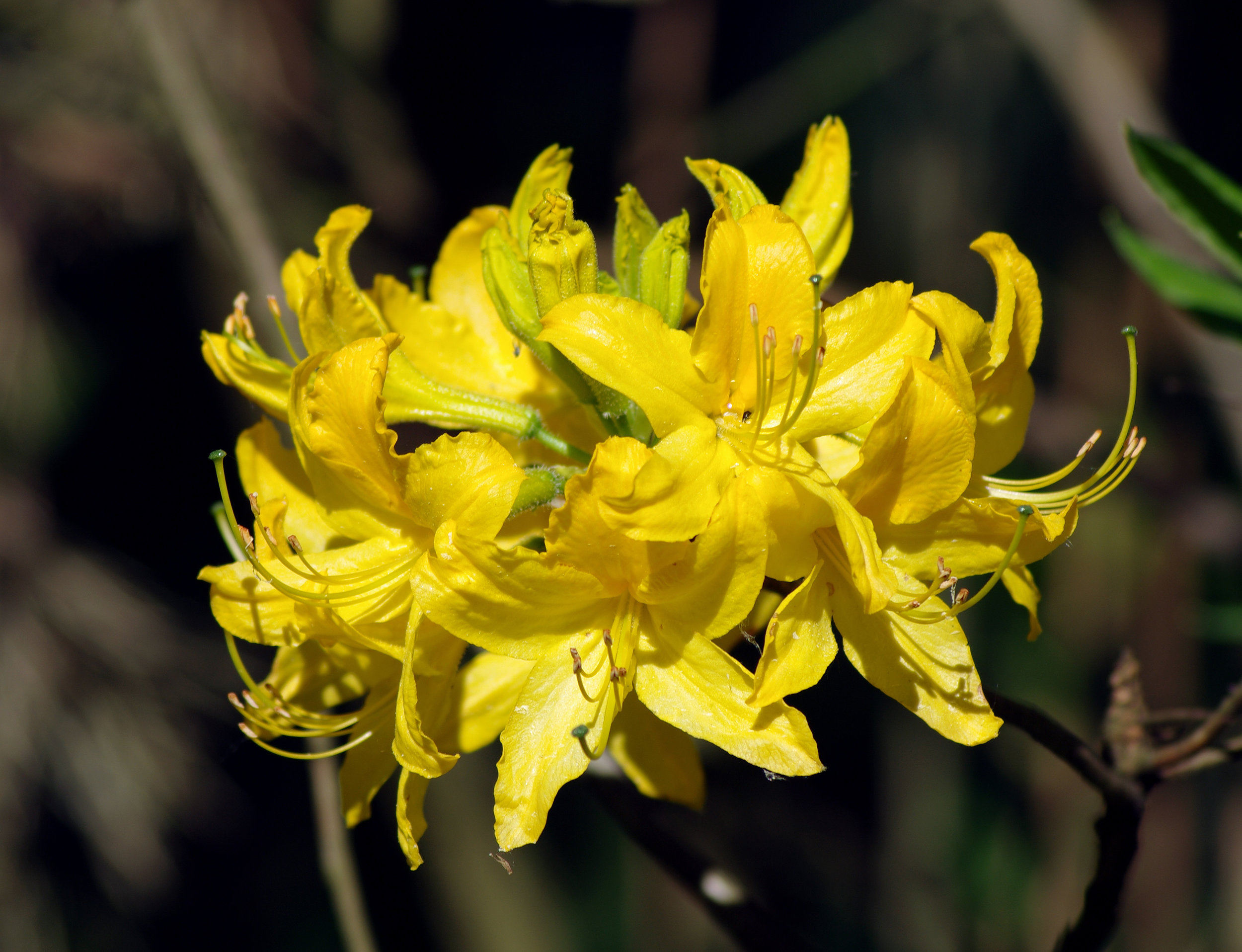


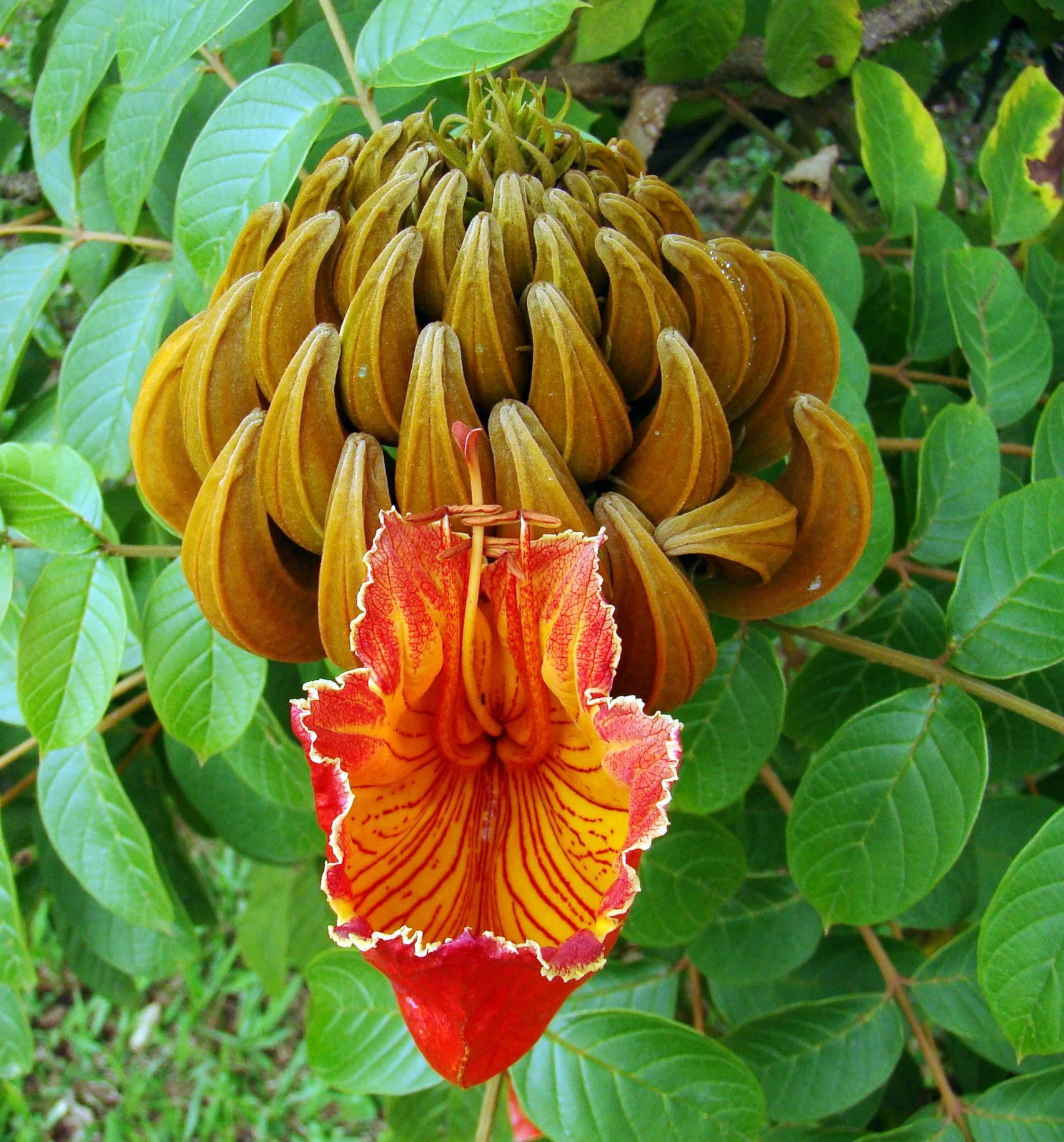

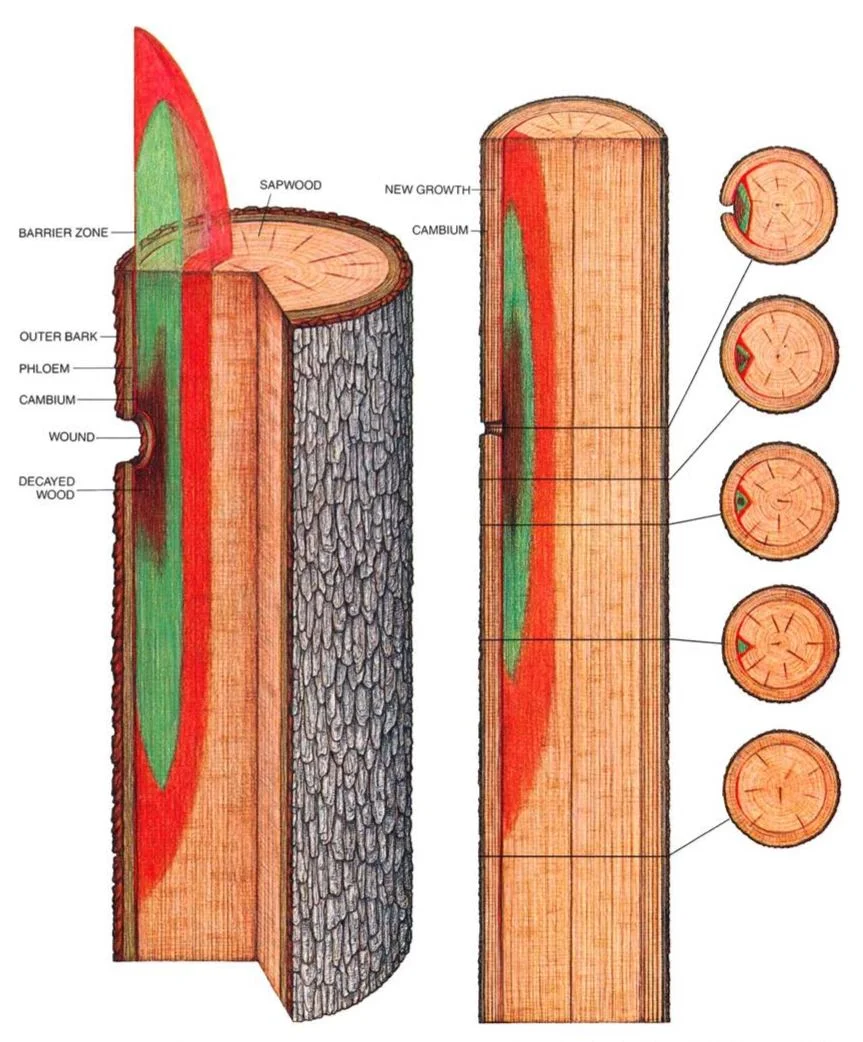



![[SOURCE]](https://images.squarespace-cdn.com/content/v1/544591e6e4b0135285aeb5b6/1486578795815-PMLOXE5169FQ31BLAB9V/image-asset.jpeg)





